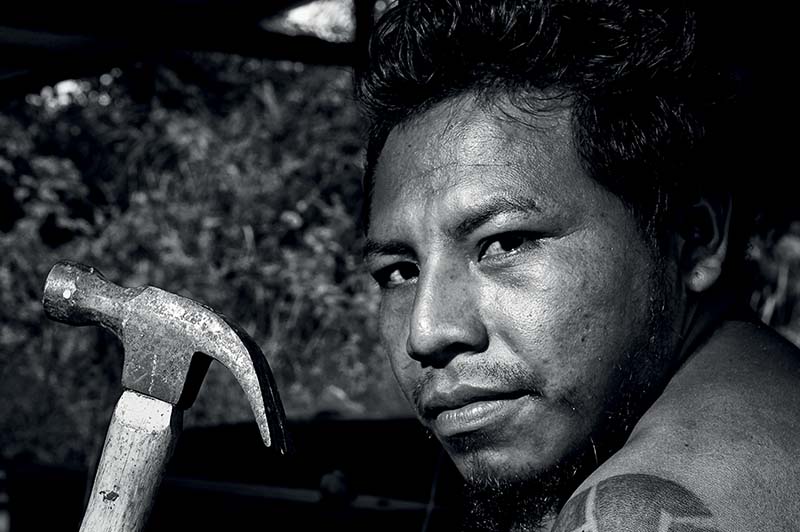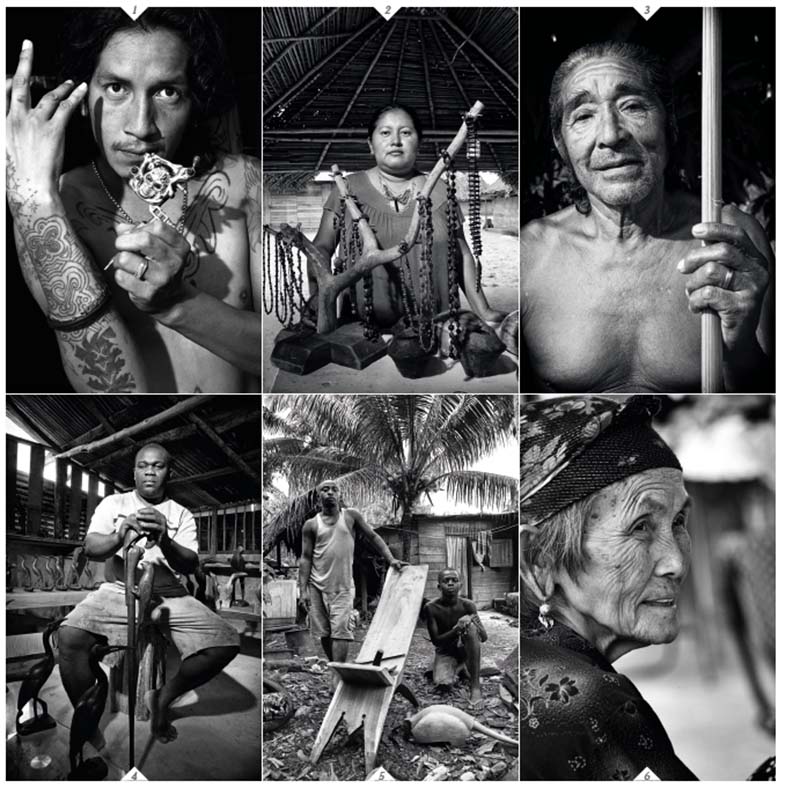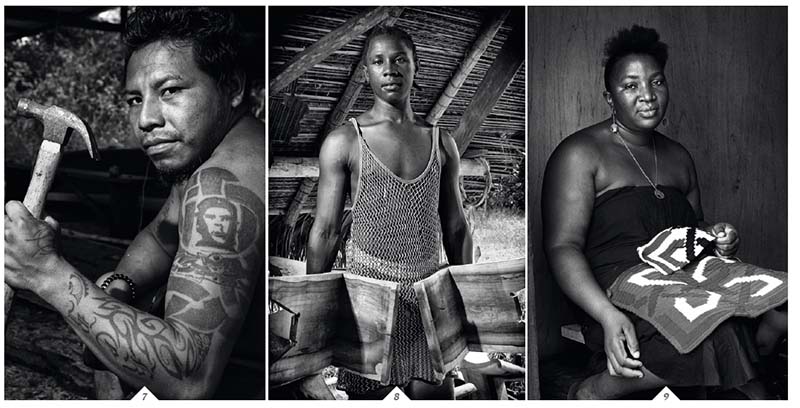
For close to 15 years, The Mana Center for Art and Research and its founder Patrick Lacaisse have promoted the artists, savoir-faire, and art objects from Western French Guiana.
Labeled the Center for Contemporary Art of National Interest, a space for the creation and display of contemporary art, as well as exchange and research, CARMA distinguishes itself as an exceptional and unique home for the art of French Guiana, raising awareness about the country’s artistic practices and savoir-faire. Having arrived in the region in 1987, trained as a visual artist with a thesis on the art and aesthetic of the Noirs Marrons in Paris (“Marrons, un art de la fugue”, 1996), Patrick Lacaisse and his collective inaugurated “The Art Route” in 1999 to turn the spotlight on the artistic scene in Western French Guiana. In 2014, CARMA opened with the exhibit “The Art Route,” followed by a guidebook that invites those interested in art and artisans to follow an artistic route covering the more than 200 kilometers between Awala-Yalimapo, Saint-Laurent du Maroni, and Mana. A great way to discover local artistic practices and creativity.

4. Rudy Pinas, Charvein. 5. Betu, Crique Blanche 6. Tu Heu, JavouheyJe
Thanks to this dense publication, beautifully illustrated by photographer David Damoison and graphic designer Franck Kauffmann, CARMA today serves as a permanent version of “The Art Route.” As Patrick Lacaisse notes, “There are thousands of objects on “The Art Route.” Starting with the most frequent are wooden sculptures, from ornamental to practical, which reflect the artistic practices of the Noirs Marrons, as well as certain examples by the Amerindians. There are as many as 30 to 50 sculptors along the route. Next we look at textiles— embroidery, couture, costumes, and domestic objects such as bedspreads, and hammocks—mostly made by women, and ceramics, also exclusively made by Kali’na women. There is also basket weaving, highly valued, as well as objects made of vines or leaves… And finally, less common, the forging of metal by the Hmong de Javouhey for example, with ornamental work such as jewelry made with pearls or seeds…

Crédit photos : David Damoison
These objects, some very old, some much more recent, represent artistic, traditional, and vernacular techniques. Saamaka, Kali’na, Aukan, Aluku, Hmong… A veritable artistic treasure trove, “The Art Route” allows us to discover a large range of cultures in the “roadside” villages, also considered “souvenirs of Guiana.” Authentic designs, created and continually renewed by over one hundred artists and artisans, promoted and esteemed by CARMA, reflect the rich artisanal activity of Western French Guiana.
“We do not place boundaries between the terms of art and artisanal. We have surpassed those hierarchies. Be it part of a series or totally unique, we are still talking about creativity,” adds Patrick Lacaisse.
Auteur : Olivier Aussedat
FOR ADDITIONAL INFORMATION
https://chercheursdart-carma.fr

